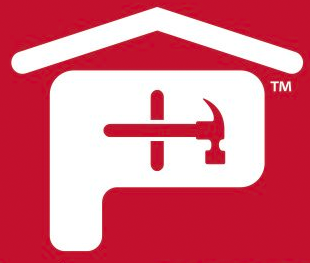Click here for the new version of this article on Asphalt Life.
The question of whether roofing underlayment is important is a simple one to answer. Roofing underlayment is a critical secondary barrier that helps preserve the life of the overall roofing system after your shingles.
Yet determining which specific type of underlayment is best for a project deserves a more detailed answer. There are many factors to consider when selecting a particular roof underlayment: climate, ease of use, code requirements, the primary roof-covering material’s requirements, decking substrate, individual preference, and, like most decisions in life, cost.
Two common choices are organic felt — often called traditional felt or asphalt-saturated felt— and synthetic felt.

The Tried and True
Organic felt underlayment was the automatic choice for contractors for decades — and still is for many today.
“Asphalt-saturated felts have been and are still common place in steep-slope roofing systems because they are low-cost, readily available materials with which most people are familiar,” according to the Roofing Industry Educational Institute and the National Roofing Contractors Association. “Since these products have been around for so long, and people have become accustomed to their ease of installation and workability, they remain relatively steadfast in the marketplace.”

Atlas Roofing, for example, manufactures #15 and #30 saturated felts that meet the ASTM D4869 standard and #15 and #30 saturated felts that meet the ASTM D226 standard. The quartet consists of heavy organic mats with high tear strength, great asphalt saturation, tightly wound rolls for minimal telescoping, and easily visible alignment lines for ease of installation.
The New
On the other hand, synthetic underlayment is a newer technology that boasts many advantages over traditional felt. Just consider Atlas Roofing’s SUMMIT® synthetic roofing underlayment. Atlas states the product is six times lighter and three times stronger than #30 felt. Made from a highly sturdy polypropylene fabric, SUMMIT® resists water more than traditional felt. Think you may have a chance of material delivery delays? Know that Summit synthetic underlayment has a UV coating that allows it to be left uncovered on a roof deck for up to 180 days.
Synthetic, which is more costly than traditional felt, has other benefits, too. Synthetic underlayment will not rot, buckle or crack and provides slip resistance for workers on the roof deck.
As contractors, sometimes we do not think about how critical roofing underlayment is to a roofing project. As a reminder, its many benefits include:
- Providing a temporary weather barrier until shingles are installed.
- Preventing the wood deck from drawing tar and other moisture from the shingles.
- Acting as a barrier from weather should rain or snow pass the joints of the primary roof covering.
When choosing roofing underlayment, do not just go with what you have always used. Take the extra time to make sure it is best for your individual project.
Atlas Roofing manufactures both organic felt and synthetic underlayment. Visit Atlas Roofing for more information.



 Gear!
Gear! PRO LOGIN
PRO LOGIN